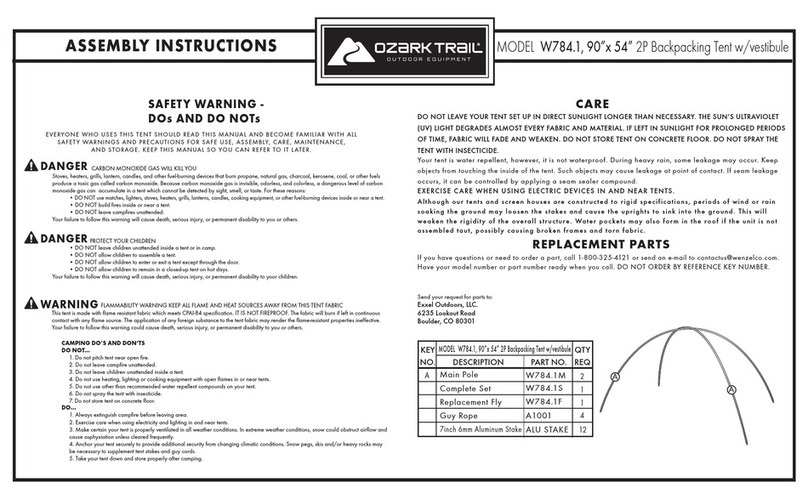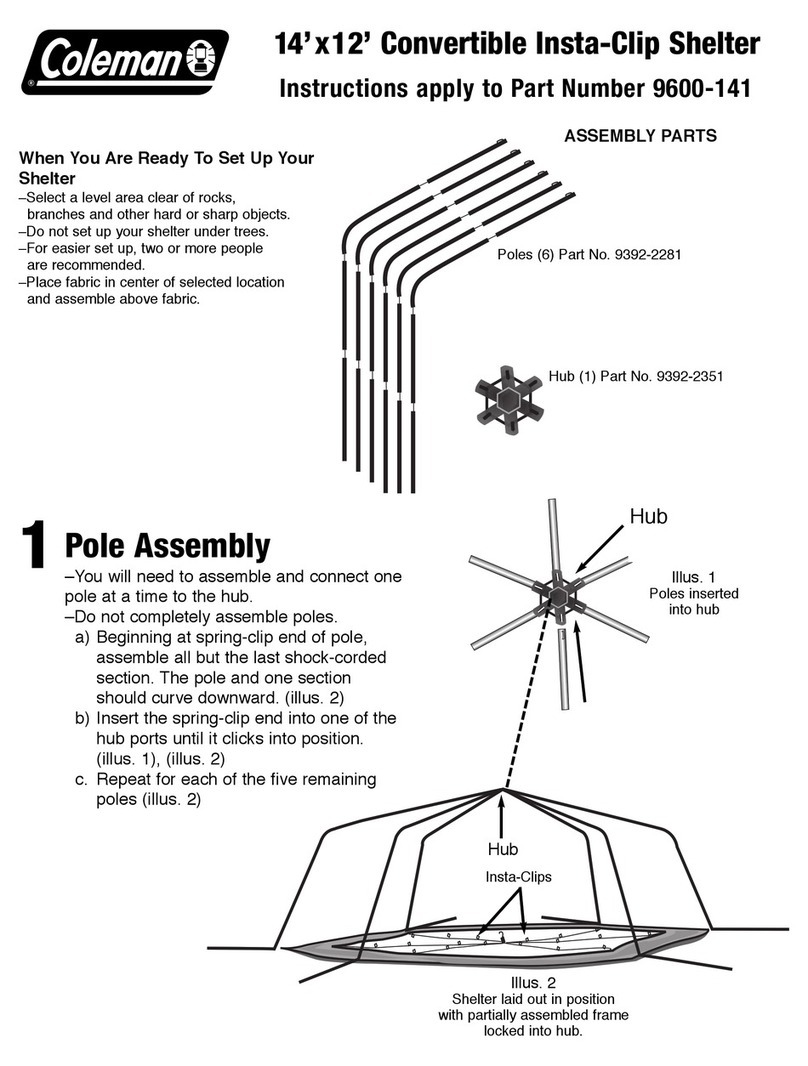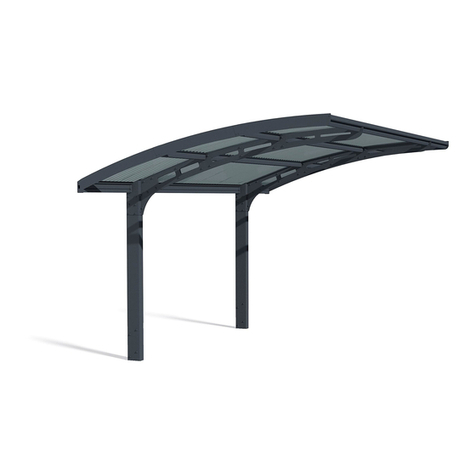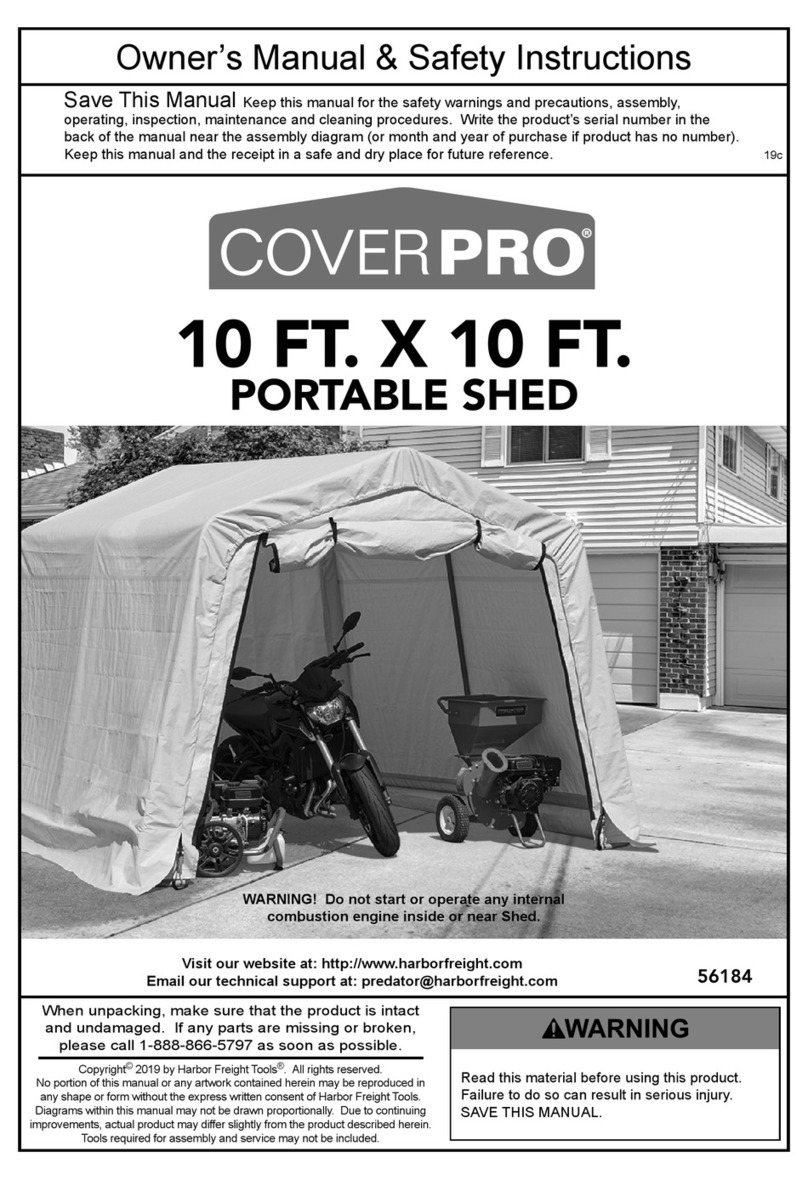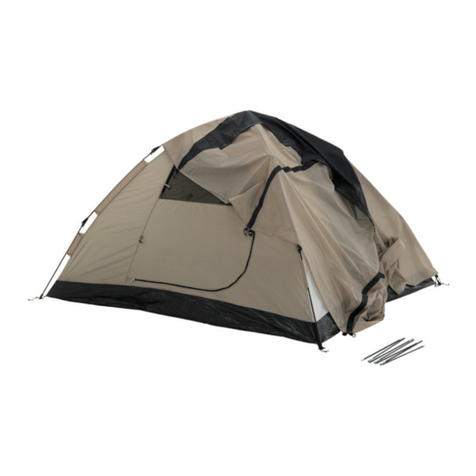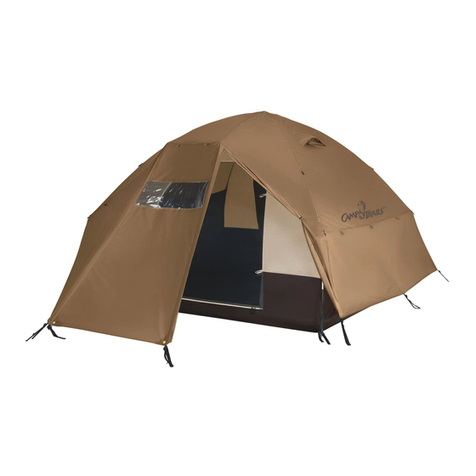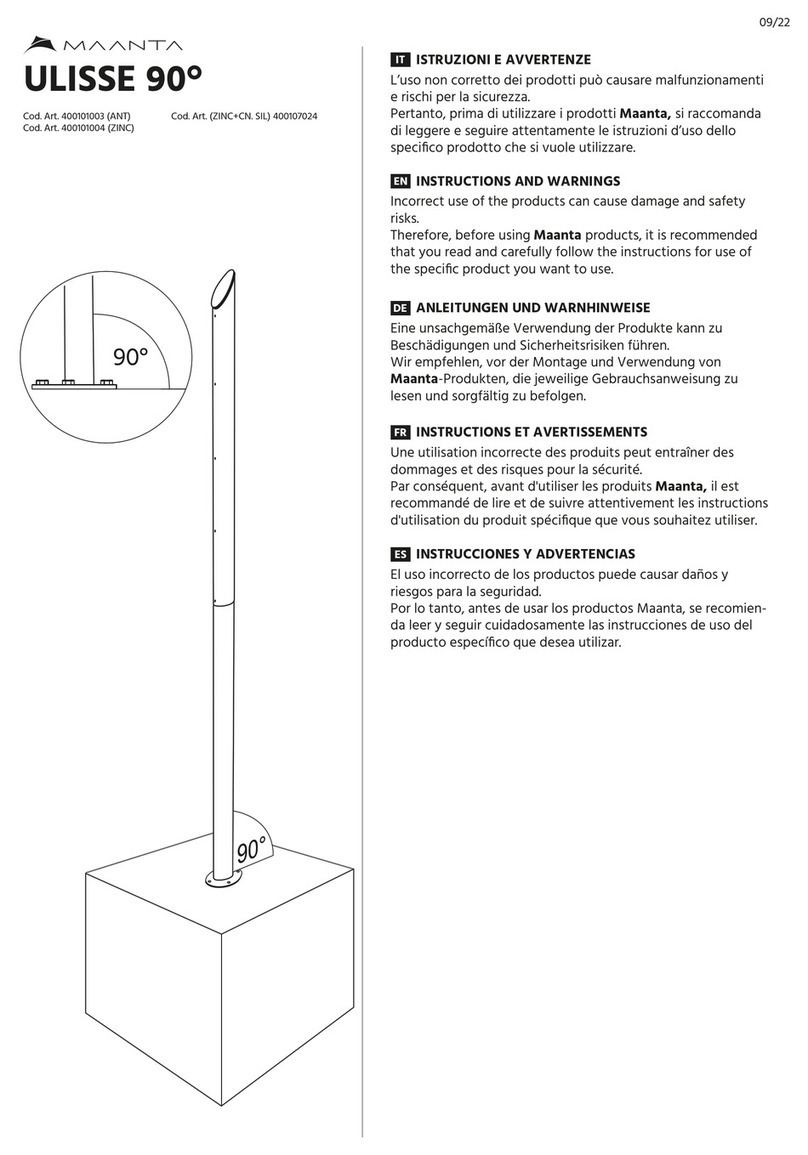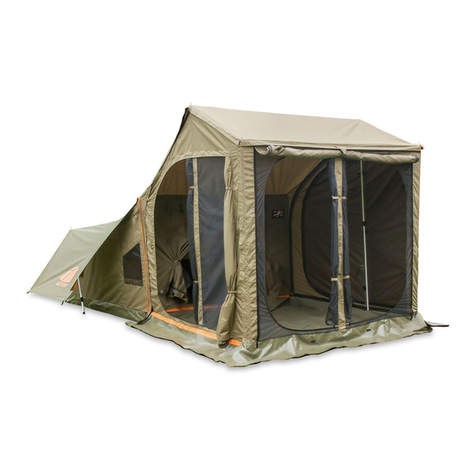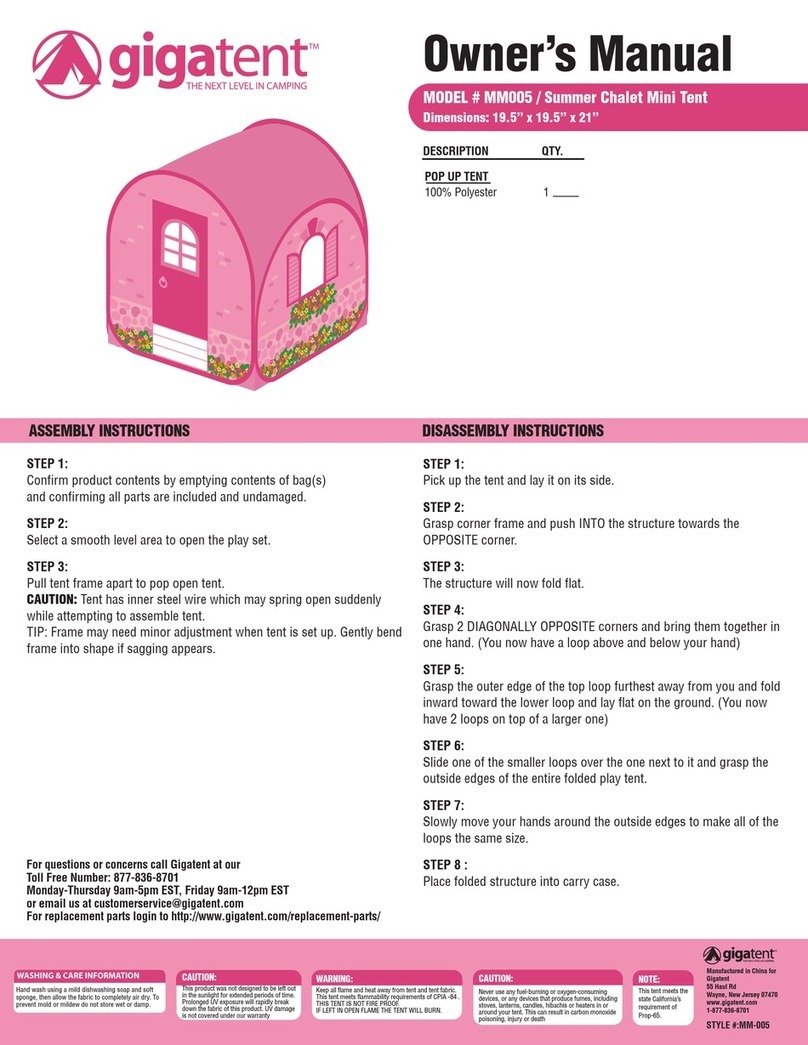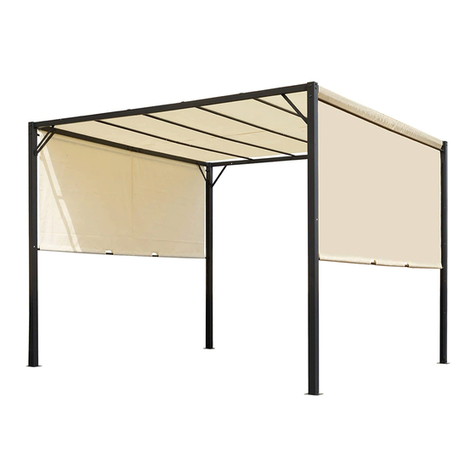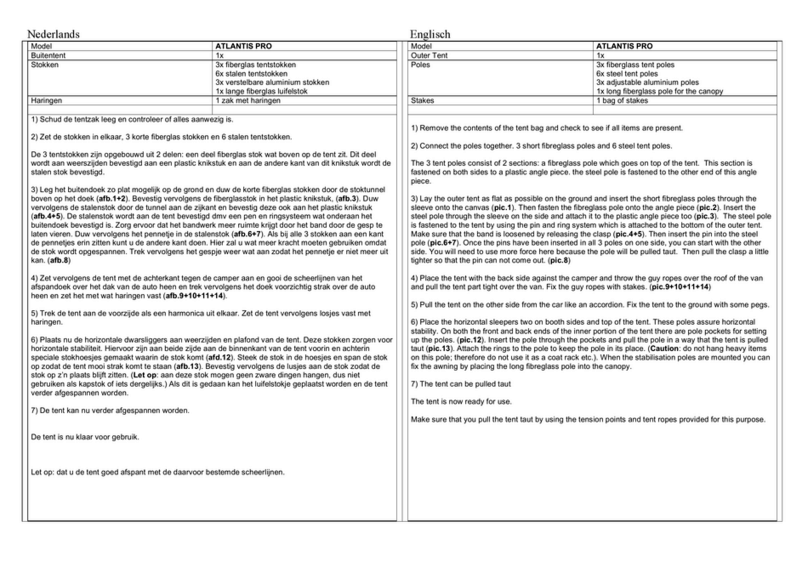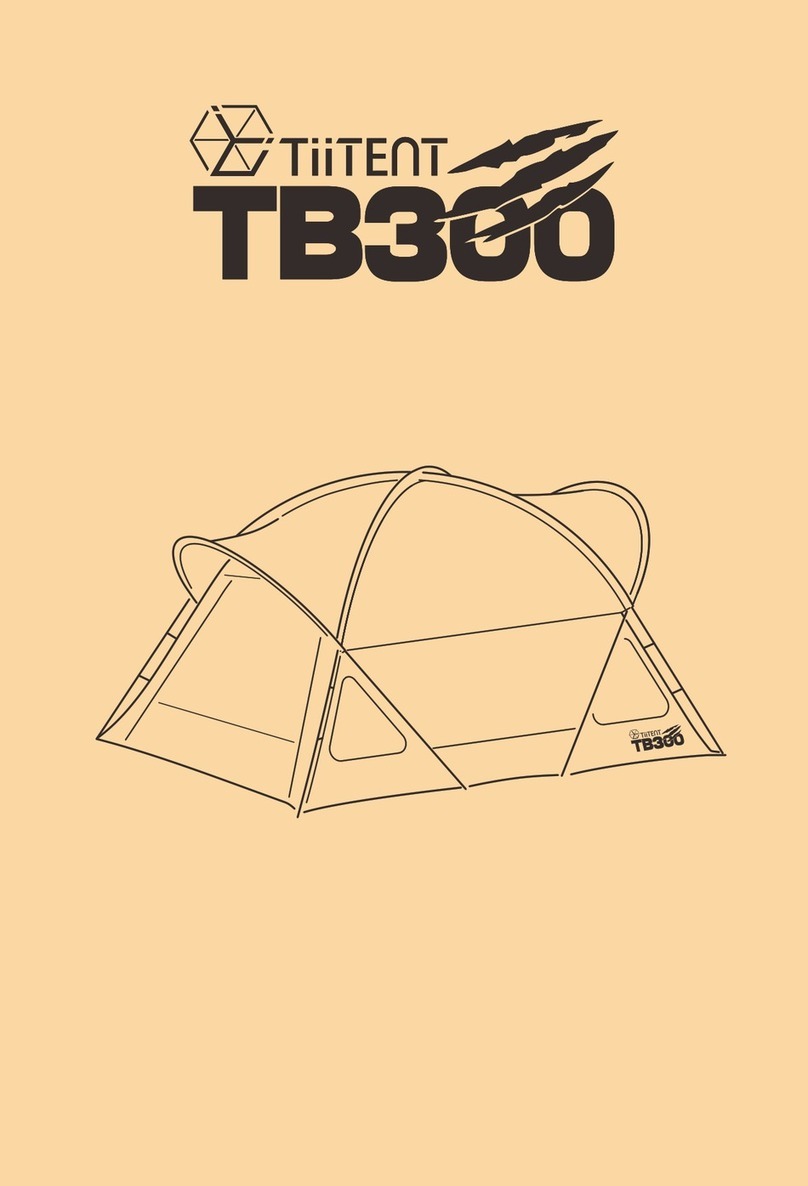
6
• Fly only in meteorological conditions that are fit for the practice of speedflying, and match your experience level.
• Wear a helmet and all safety equipment necessary to the practice of off-trail skiing, speedflying, speedriding and/or
ground launching (i.e. elbow pads, knee pads, back pads, etc.)
• Have thoroughly checked all your equipment.
• Be aware of all the information contained in this manual.
5. Flying the Spire
The Spire is in essence a high performance wing; therefore, only qualified and highly skilled pilots should attempt to fly it.
We recommend that you first practice inflating your wing on a small training slope. Make your first flights with your new
Spire in gentle conditions in a familiar area. We also recommend kiting the wing as often as possible. This will allow you
to become familiar with the control inputs in a safe environment and also to visually inspect the wing and line attachments
to ensure that your wing is properly assembled. Do not kite in winds exceeding 20 mph (31 km/h).
Speedriding, as described earlier in this manual, involves using skis or a snowboard to gain the speed needed to
first launch your Spire, then staying on or close to the ground. Typically, speedriders like to use the smaller sizes (8m, 9m,
or 10m), depending on experience and conditions, in order to stay on the ski slope or just above it at all times. For
Speedriders, we recommend that you first practice inflating your wing on a small training slope with skis and make your
first flights with your new speedriding wing in gentle conditions in a familiar area.
In speedflying, on the other hand, the goal is to stay airborne through the duration of the flight. Typically,
Speedfliers will use Spires in the 10m, 11m, 12m, or larger sizes, depending on conditions and ability. For Speedfliers, we
recommend that you first practice inflating and kiting your Spire on a small training hill and make your first flights in 5-10
mph (8-16 km/h) winds on an open slope free of obstacles.
Preparation for launch
Following a consistent method of preparation and pre-flight checks is vital for safe flying. We recommend the following:
• On arrival at the flying site, assess the suitability of the conditions: wind speed and direction, airspace, snow
conditions, and ground conditions.
• Inspect your wing, harness, helmet and any other equipment.
• Choose a sufficiently large take-off area with even ground and no obstacles.
• Lay the wing open on the ground, and get the lines and risers sorted out.
• Put your helmet on. Secure yourself in your harness.

